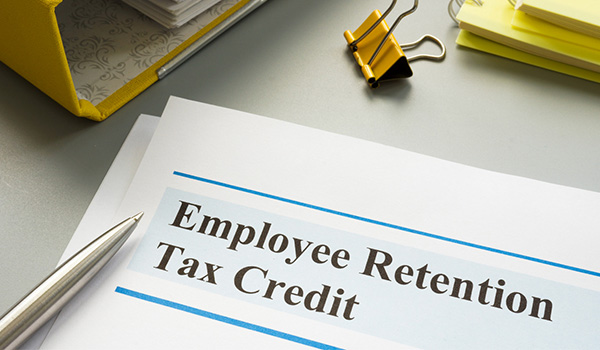12-21-2023 |
Employee Retention Credit Withdrawal Process and Voluntary Disclosure Program
By: BrownWinick

The Employee Retention Credit (the “ERC”) is a refundable tax credit against payroll taxes that was created under the CARES Act to help employers and employees affected by the COVID-19 pandemic by encouraging employers to keep employees. In short, the ERC could be claimed if there was a significant decline in gross receipts over certain periods, a full or partial suspension of business operations over certain periods due to a governmental COVID-19 order, or a full or partial suspension of business operations over certain periods due to the suspension of a supplier’s operations under a governmental COVID-19 order. The rules for eligibility are very detailed and complex, especially due to the piecemeal issuance of rules that also changed over time and lack of IRS guidance. As a result, ERC mills started popping up and aggressively marketing how they could help employers claim ERC funds in exchange for a percentage of the total ERC amount claimed.
In July 2023, the IRS issued a memorandum describing five of the common supply chain disruptions that occurred and concluding that four out of the five were ineligible for the ERC. The IRS has cautioned employers about ERC mills as it is working hundreds of criminal cases and thousands of ERC claims have been referred for audit. Most recently, the IRS stated it is sending an initial round of over 20,000 ERC disallowance letters. If the ERC was improperly claimed, it must be paid back, possibly with penalties and interest. To help employers who may have been lured in by ERC mills, the IRS announced on October 19, 2023, a special withdrawal process for employers that have filed an ERC claim and either have not yet received a refund or are still waiting for it to be processed. By withdrawing the claim, employers can avoid future repayment, interest and penalties. Since September 14, 2023, there has been a moratorium on processing new ERC claims until at least the end of 2023, and claims being processed will go through an enhanced review process and increased scrutiny.
To use the withdrawal process, the following requirements must be met:
- The employer made the claim on an adjusted employment return (Forms 941-X, 943-X, 944-X, CT-1X).
- The employer filed the adjusted return only to claim the ERC (i.e., made no other adjustments).
- The employer wants to withdraw the entire ERC claim.
- The IRS has not paid the claim, or if it has, the employer has not cashed or deposited the check.
Alternatively, employers that are ineligible for the withdrawal process can reduce or eliminate their ERC claim by filing an amended return. The IRS is also in the process of launching a voluntary disclosure program for employers to avoid future IRS action after receiving questionable ERC payments.
This article was written for general informational purposes and summarizes tax laws. As such, it should not be relied upon for compliance with the Internal Revenue Code.
Should you have questions about the ERC, please contact your BrownWinick attorney or one of our tax attorneys listed below:


